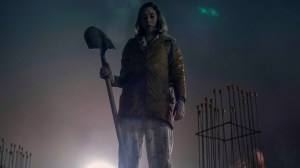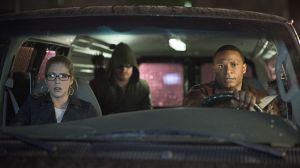From Tim Burton’s campy gothic style to Matt Reeves’ gritty realism, Batman films have evolved, shifted tones, and rebooted more times than almost any other superhero property. Yet for all their stylistic diversity and directorial vision, there are a few quirks and inconsistencies that seem to pop up in throughout the myriad of versions of Gotham’s brooding vigilante. Across the decades, Batman movies have thrilled fans with bat-gadgets, armored suits, and deep moral dilemmas, but they’ve also repeated some head-scratching tropes.
Videos by ComicBook.com
Whether it’s an issue of logic, continuity, or just old-fashioned movie magic, here are 10 things we are left wondering about in the Batman movies, no matter who’s under the cowl.
1) Anything But Therapy
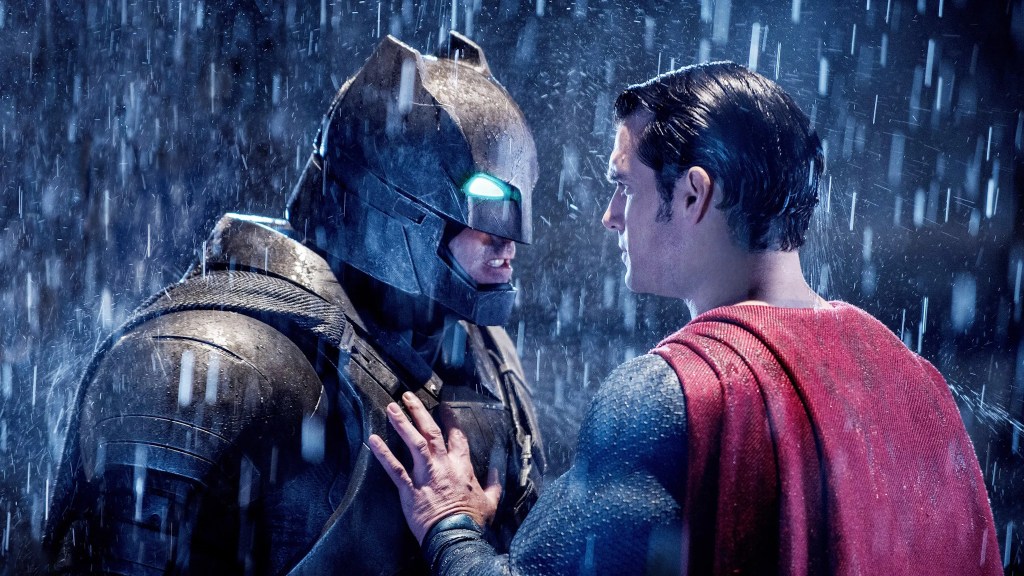
Trauma is central to Batman’s origin. The death of Thomas and Martha Wayne sets him on a path of vengeance, pain, and brooding monologues. But after all these decades and all these movies, Bruce has never done the one thing that might actually help — talk to a professional.
Every version of Batman (except Adam West’s most jovial caped crusader) is deeply wounded, yet not one cinematic take seriously explores the idea of psychological healing.
Instead, Batman channels his grief into a lifetime of violence, isolation, and rooftop introspection. With the billions at his disposal, you’d think he could afford the best therapists in Gotham, rather than live in a perpetual state of childlike emo-brooding. Considering the number of villains he’s thwarted by now, you’d think he would have realized that his vigilantism isn’t helping hum cathart.
2) Bat-Stealth Varies
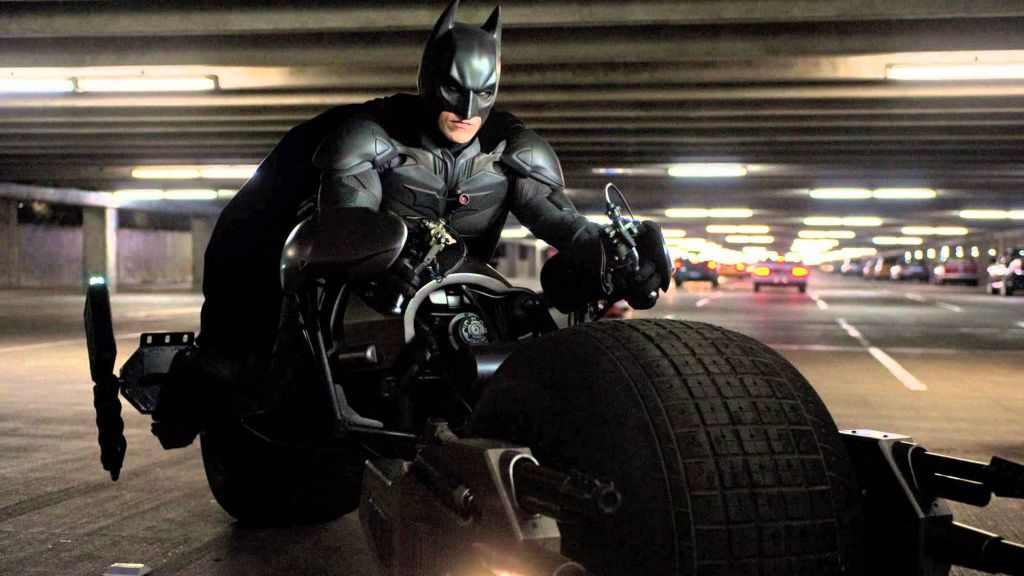
Batman is supposed to be a stealthy, shadow-dwelling predator. He is the night, he strikes fear into Gotham’s bad guys, in part because they never know which shadow he’s hiding in.
But that idea goes out the window when he decides to tear up Gotham with his obscenely loud Batmobiles, Batplanes, and even a full-on Bat-Tumbler in Nolan’s trilogy. It undercuts the mystique of “The Batman is symbol” when he’s blowing up half of Gotham’s infrastructure to stop a jewel thief.
And these vehicles ain’t cheap. As Bats zooms through his troubled city, passing bystanders, surely someone is wondering how on earth he can afford them, especially the number of different ones he has. No matter the film, Bruce Wayne’s wealth shows. From the tank-like Batmobile in Batman Begins to the futuristic Batcycle in The Batman, he’s a billionaire who doesn’t believe in subtlety.
3) No One Figures Out Bruce Wayne Is Batman
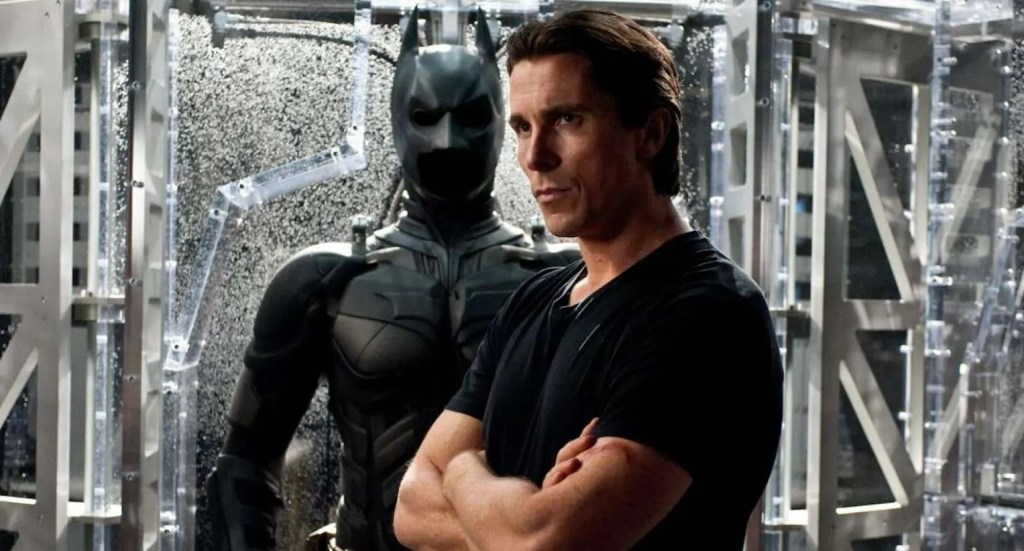
Which leads us onto this particular issue. This one is harder to swallow with every passing reboot. Bruce Wayne disappears every night, shows up with bruises, is obsessed with justice, and, oh yeah, has the money to fund a small army. With Nolan’s Bruce Wayne, he was stealing equipment his own company made for the U.S. military… Then painting it black and using it in public as Batman. Again, subtlety isn’t always his strongpoint, and with the security and news footage of his actions, if anyone from Wayne Enterpises’ board was watching, surely they’d have some questions.
Despite these breadcrumbs, almost no one ever pieces it together. Even in The Batman, where Pattinson’s version is barely maintaining the charade, Gotham’s finest and criminals alike are clueless. Bruce’s skill at deception is supposedly top-tier. But is it really, or is everyone else just really bad at paying attention? From Batman v Superman: Dawn of Justice to Batman Begins, this trope never dies. At some point, you have to wonder: are Gothamites too scared to ask or too dumb to realize?
4) “Wanna Know My Secret Identity…?”

And it seems that it frustrates Bruce too. Because there’s a strange pattern in Batman movies where the Caped Crusader keeps revealing his identity to women he’s attracted to.
Anyone who’s a fan of How it Should Have Ended on YouTube, know this is a running joke.
Batman has revealed his identity on screen more than most superheroes, especially to love interests. And it rarely ends well. Sometimes it’s meant to build trust; other times, it’s a reckless confession. Whether it’s Vicki Vale in the 1989 Batman, Chase Meridian in Batman Forever, or Selina Kyle in The Batman, Bruce has a very specific type of pillow talk. For someone who guards his secret life so fiercely, Bruce sure has a habit of opening up to hotties.
5) Batman Can’t Move His Neck
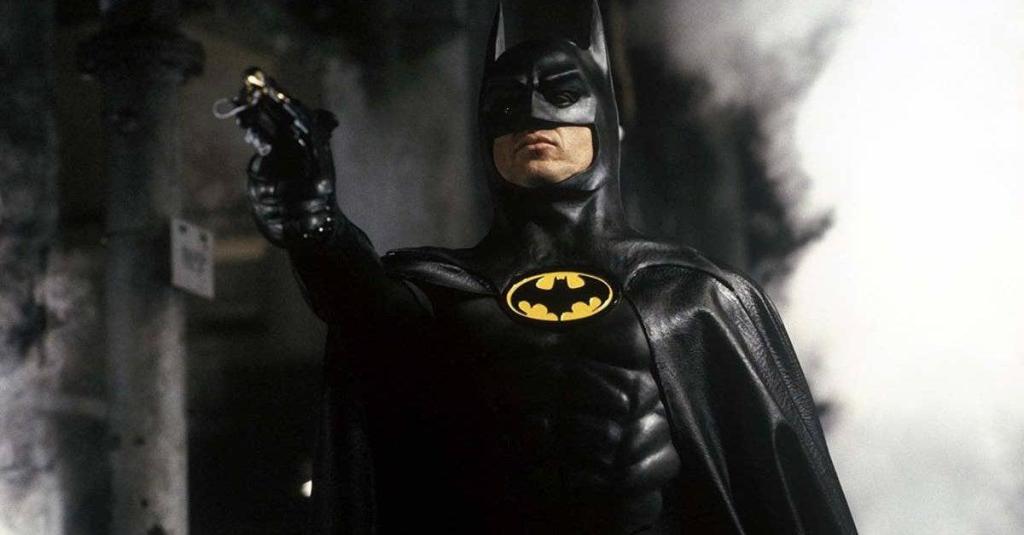
But enough of him hiding (poorly) in plain sight. He has other problems to deal with.
Like how he has to turn his whole body like he’s slept weirdly. For years, Batman actors have struggled with the simple task of turning their head while in the suit. Thanks to the inflexibility of the rubber cowl in the 1980s Batman movies, Michael Keaton’s portrayal of the hero became famous for his comedically stiff movement. Christian Bale inherited the same issue until The Dark Knight, when Lucius Fox conveniently invented a new suit with “more mobility.”
It’s become such a running joke that it’s even been referenced in-universe. In The Dark Knight, Bale’s Bruce Wayne says, “I want to be able to turn my head,” when requesting an upgrade. Fortunately, in Matt Reeves’ The Batman, Robert Pattinson’s version has managed to avoid the same costuming pitfalls.
6) Eyeliner? What Eyeliner?

Every Batman wears it, but no one ever talks about it. The black eyeliner around the eyes is used to hide the skin beneath the cowl. This is down to the fact that Keaton’s Batman cowl didn’t include the white eyes which are standard in the comics, so you’ve got to fix the flesh colour problem around the eyes. Sure, it makes sense, and has practical implications, but it leaves you wondering when exactly Brue does this.
There’s never a scene where he has to jump into action at a moments notice, but stops to carefully apply his guyliner in a mirror first. Also, what brand is he using? It never runs or smudges. Robert Pattinson’s more grunge-style Batman finally acknowledged it in The Batman, where his smeared eyes were an obvious part of his post-fight look. But for decades, the movies treated it like an editing magic trick. Val Kilmer, George Clooney, and even Christian Bale all clearly wore eyeliner in the cowl, but the moment they took the mask off? They had clean, smudge-free skin.
It’s a small detail, but one that breaks immersion. If we can see the makeup while the cowl is on, we should see the aftermath when it’s off. Pattinson’s Batman gets points for embracing the raccoon aesthetic.
7) Batman’s Airspace Permissions

Let’s talk logistics. Gotham is often depicted as a massive, modern mega city, akin to New York or Chicago. So how does Bruce Wayne constantly fly the Batwing, Batcopter, or Batplane through city airspace without anyone noticing, or at least requesting permission? Air traffic control? Radar? FAA regulations? Not even a local Traffic-Report copter? These questions never come up. He swoops through buildings, flies under bridges, and hovers over rooftops with zero interference. Does he just have a blanket permission slip from Commissioner Gordon, and the town of Gotham as a whole?
8) He’s a Master Detective… Until He Isn’t

Batman’s nickname is “The World’s Greatest Detective,” a title earned from his comic book origins and reinforced across decades of storytelling. But in the movies his detective nouse is… inconsistent at best.
Sure, Matt Reeves’ The Batman makes a strong effort to spotlight Bruce’s investigative side, but most of the other movies reduce him to punching first and asking questions never. Even in The Dark Knight, Lucius Fox and Alfred do more heavy lifting than Bruce when it comes to solving actual mysteries. It’s a disservice to one of the most unique aspects of the character. Batman isn’t Superman or Iron Man, he uses his brain to fight. Except when the plot needs him not to.
9) Gotham Deserves Some Love

The irony of Bruce Wayne’s dual life is that, while Batman fights to save the city every night, Bruce Wayne has the means to transform Gotham in the day. But aside from the occasional philanthropic speech, there’s little to no effort made on-screen to show Bruce using his wealth to fix Gotham’s core issues. The most glaring omission has got to be Arkham State Hospital. In nearly every movie, Arkham is seen as a revolving door for supervillains. Even the staff are messed up. Look at Harleen Quinzel!
But Wayne could easily fund reforms, security upgrades, or better mental health care. Instead, he chooses to build a new Batmobile. But, like we mentioned earlier, anything but therapy, right…? Fans have long debated why Bruce doesn’t fund social programs or rebuild blighted neighborhoods. It’s a major thematic hole that movies keep skipping over in favor of more Bat Vehicle montages. And in some ways, it’s worryingly close to the accuracy of real billionaires’ mindsets.
10) Gotham: The Same, but Different

Let’s lay off Batman for this final one. Instead, let’s turn our heads towards his city.
Every new Batman movie introduces its own version of Gotham, and while variety is fine, there’s a lack of consistency that becomes confusing. Sometimes Gotham is a hyper-stylized gothic nightmare in movies like Batman Returns, other times it’s clearly just Chicago or New York like we see in The Dark Knight and Dawn of Justice.
What’s more, the rules of Gotham change depending on the story. Is it a city ruled by mobsters or clowns with rocket launchers? Is Arkham an abandoned facility or a state-of-the-art asylum? These inconsistencies stretch believability and often feel like narrative shortcuts rather than meaningful worldbuilding.
Yes, we understand that the movies are at the mercy of the directors’ artistic visions, but it’s hard to root for Batman saving the city when the city itself feels like a moving target.



